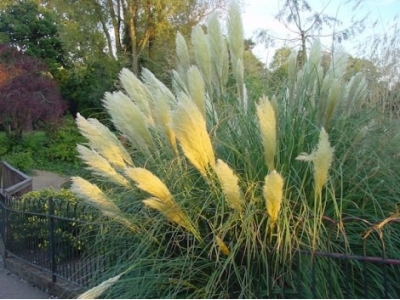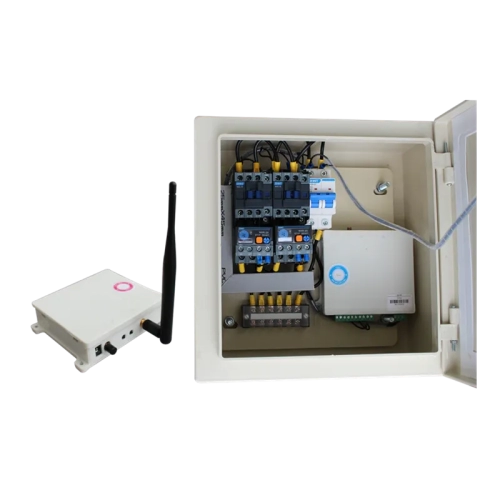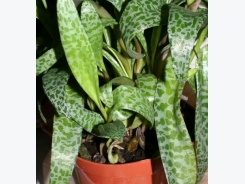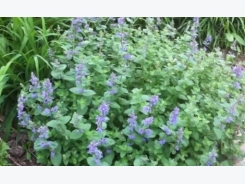How to Grow Pampas Grass

Pampas grass (Cortaderia selloana), with its showy flowers and soft, billowing form, brings to mind Florida coastal regions and balmy climates.
True pampas grass is native to Brazil and is only hardy in U.S. Department of Agriculture plant hardiness zones 8 through 12, although some varieties can grow in USDA zones 6 and 7. Don’t despair if you live north of these zones. Hardy pampas grass (Erianthus ravennae) grows in USDA zones 5 through 9. Regardless of which species you plant, all pampas grasses have similar growing requirements.
Pampas grass generally forms in clumps that reach 6 to 10 feet tall and 5 or 6 feet wide. Some varieties are invasive in California, but in most places they’re usually well-behaved. Pampas grass grows best in full sun. Plant it in an area that gets a minimum of 6 hours of sunlight daily. This plant makes an excellent screen or ground cover for eroded or sloped areas. It doesn’t do well with wet feet, though, so don’t plant it near a pond.
Growing Pampas Grass
Although you can propagate pampas grass from seed, it’s best to plant it from a nursery transplant or by division -- that way you can be sure that you get a female plant, which is much showier than the male ones.
Always check the scientific names when selecting plants, since not all varieties are true pampas grasses. Choose a sunny location for your plants and amend the soil with compost. Pampas grass isn’t particular about soil, so long as it drains well. Hardy pampas grasses are prone to breakage in the wind, so plant them in a protected area.
Dig a hole as deep as the root ball and twice as wide. Place the grass in the hole and fill the hole halfway. Fill the hole with water and let it drain before adding the remaining soil. Pampas grasses look especially attractive when planted in masses of three to five plants. Space the plants 5 feet apart.
Keep the soil slightly moist during the first growing season, as the roots become established. Once established, pampas grass prefers somewhat dry conditions. Pampas grasses have sharp, blade-like leaves and extravagant white, cream or pink flowers that bloom from late summer to fall. Hardy pampas grasses die back to the ground in cold areas. In warm climates, cut back the grasses to the ground in late winter. Fertilize the grasses in early spring with ¼ cup 10-10-10 fertilizer per plant.
Potential Pest and Disease Problems
Pampas grasses are generally free of pests and diseases. Be sure to select a plant hardy in your area or grow the plant as an annual. In wet conditions, pampas grass may rot.
Pampas Grass Varieties Worth Considering
True Pampas Grasses
- ‘Andes Silver’ is an elegant plant, growing up to 7 feet tall. The plant is hardy to USDA zone 6 and produces silver to white plumes.
- ‘Bertini’ grows only 4 feet tall, making it suitable for small yards. Hardy to USDA zone 7.
- ‘Gold Band’ produces gold-striped foliage. Hardy to USDA zone 8, this grass has a compact, upright form.
- ‘Patagonia’ is hardy to USDA zone 6. Blue foliage and creamy plumes are spectacular.
- ‘Pink Feather’ has soft, pink plumes. Hardy to USDA zone 7.
- ‘Sundale Silver’ reaches 10 feet tall, with large plumes. Hardy to USDA zone 8.
Hardy Pampas Grasses
- ‘Dwarf Pampas Grass’ grows only 4 to 6 feet tall.
- ‘Pink Pampas Grass’ has soft, pink plumes.
In cold climates, consider Japanese Maiden Grass (Miscanthus sinensis), as well. This grass is very hardy, non-aggressive and forms clumps. Try ‘Autumn Light’ and ‘November Sunset’ for varieties that are hardy to USDA zone 4.
Có thể bạn quan tâm
Phần mềm

Phối trộn thức ăn chăn nuôi

Pha dung dịch thủy canh

Định mức cho tôm ăn

Phối trộn phân bón NPK

Xác định tỷ lệ tôm sống

Chuyển đổi đơn vị phân bón

Xác định công suất sục khí

Chuyển đổi đơn vị tôm

Tính diện tích nhà kính

Tính thể tích ao hồ










 How to Grow a Prayer…
How to Grow a Prayer…  How to Grow Cornflower (Bachelor…
How to Grow Cornflower (Bachelor…